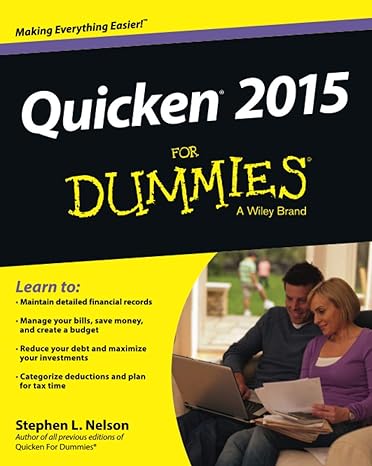Answered step by step
Verified Expert Solution
Question
1 Approved Answer
Budgeting and Variance Analysis Using Only a Single Unit - Level Driver Lawson Dental Products produces two different dental instruments in its St . Louis
Budgeting and Variance Analysis Using Only a Single UnitLevel Driver
Lawson Dental Products produces two different dental instruments in its St Louis plant: crown crimping pliers and curved crown scissors. Amy Bunker, production manager, was upset with the latest performance report which indicated that she was $ over the manufacturing budget. Given the efforts that she and her workers had made, she was confident that they had met or beat the budget. Not only was she upset, but she was also genuinely puzzled by the results. Of the four major manufacturing inputs in the manufacturing cost budget direct materials, direct labor, power, and setups only the direct materials input was not over budget. The actual costs for these four inputs follow:
Line Item Description Amount
Direct materials $
Direct labor
Power
Setups
Total $
Amy knew that her operation had produced more than originally had been planned so that more power and labor had naturally been used. She also knew that the uncertainty in scheduling had led to more setups than planned. When she pointed this out to Hector Gomez, the plant controller, he assured her that the budgeted costs had been adjusted for the increase in production activity. Curious, Amy asked about the methods to make the adjustment.
Hector: If the actual level of production activity differs from the original planned level, we adjust the budget using what are called flexible budget formulasformulas that allow us to predict cost for different levels of activity.
Amy: The approach seems reasonable. However, Im sure something is wrong here. Tell me exactly how you adjusted the costs of direct materials, direct labor, power, and setups.
Hector: First, we obtain formulas for the individual items in the budget by using the method of least squares. We assume that cost variations can be explained by variations in production activity where activity is measured by direct labor hours. Here is a list of the cost formulas flexible budget formulas for the four items you mentioned. The variable X is the number of direct labor hours.
Direct materials cost $X
Direct labor cost $X
Power cost $ $X
Setup cost $
Second, we predict what the costs should have been for the actual level of production activity for each item by using the actual direct labor hours. In your case, the actual direct labor hours used were direct labor hours.
Required:
Using the actual direct labor hours, calculate what the costs should have been for each of the four manufacturing cost inputs.
Line Item Description Amount
Materials cost $fill in the blank
Labor cost $fill in the blank
Power cost $fill in the blank
Setup cost $fill in the blank
What are the total afterthefact budgeted manufacturing costs?
A performance report using the flexible budget outcomes in Requirement
Line Item Description Actual Budgeted Variance Effect
Direct Materials $fill in the blank $fill in the blank $fill in the blank FavorableUnfavorableNo variance
Direct Labor
fill in the blank
fill in the blank
fill in the blank
FavorableUnfavorableNo variance
Power
fill in the blank
fill in the blank
fill in the blank
FavorableUnfavorableNo variance
Setups
fill in the blank
fill in the blank
fill in the blank
FavorableUnfavorableNo variance
Total $fill in the blank $fill in the blank $fill in the blank FavorableUnfavorableNo variance
Does the report confirm that Amy is overbudget by the amount initially claimed?
Suppose that Hector indicated that the standard wage rate is $ but that because of overtime it actually averaged $ for the period being considered. Hector also indicated that the direct labor hours allowed for the actual output were hours.
a Calculate the labor rate and efficiency variances.
Line Item Description Variance Effect
LRV $fill in the blank FavorableUnfavorableNo variance
LEV $fill in the blank FavorableUnfavorableNo variance
b Explain the most likely causes of these two variances.
Refer to Exhibit
a Which data analytic type or types best describe the calculation in Requirement
b Consider Requirements a and b Which data analytic types best describe these two requirements?
Budgeting, Variance Analysis, and Product Costing: Multiple Drivers Considered
After considering the explanations and analyses offered by Hector, the interaction between the two continued as follows.
Amy: I think I see the problem. Power costs don't have a lot to do with direct labor hours. They have more to do with machine hours. As production increases, machine hours increase more rapidly than direct labor hours. Also...
Hector: You know, you have a point. The coefficient of determination for power cost is only about That leaves a lot of unexplained cost varia
Step by Step Solution
There are 3 Steps involved in it
Step: 1

Get Instant Access to Expert-Tailored Solutions
See step-by-step solutions with expert insights and AI powered tools for academic success
Step: 2

Step: 3

Ace Your Homework with AI
Get the answers you need in no time with our AI-driven, step-by-step assistance
Get Started


